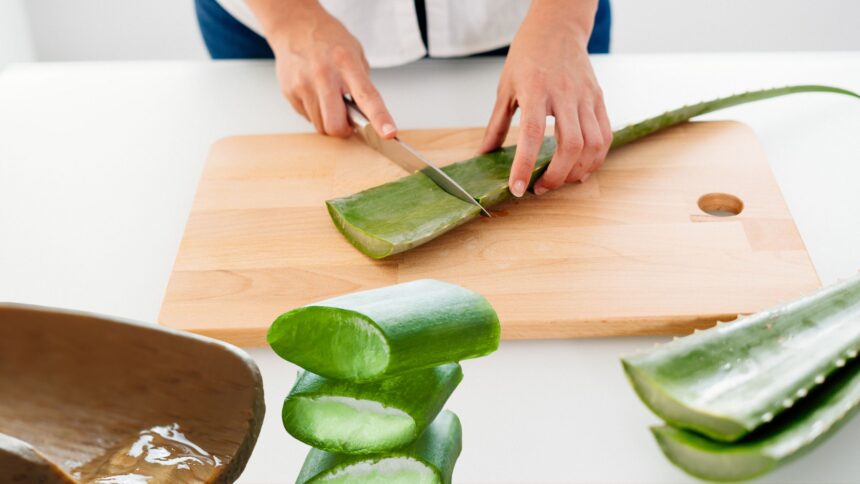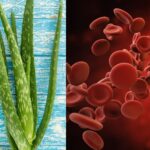Aloe vera’s fame as a healing plant is well-known, but what exactly provides its benefits? As herbalists, understanding a botanical’s therapeutic anatomy offers insight for maximum wellness support. Let’s explore aloe vera’s makeup to determine which portions house compounds studied for medical usefulness. Researching plant composition can guide usage that best harnesses nature’s gifts. In this article, I’ll examine aloe’s internal parts and active ingredients within to shed light on where its worth really lies.
Which Part of Aloe Vera Has Medicinal Value?
The Part of Aloe vera’s medicinal Value is to depend on an individual’s need. Here we point to personal aspects of the uses of Aloe Vera:
1. The Gel
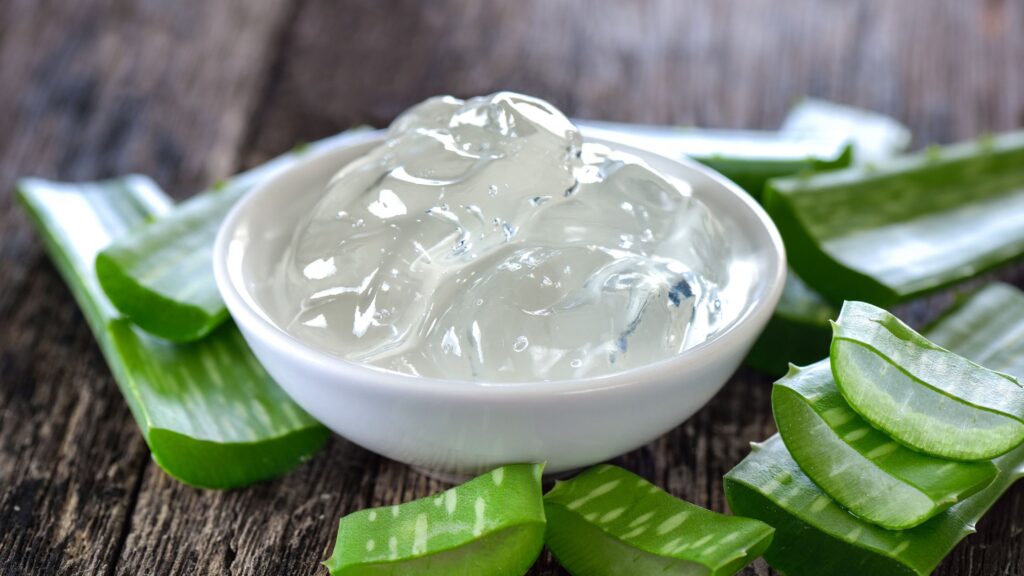
Inside aloe leaves resides a thick, translucent inner gel prized for skin and digestive applications. Clinical research links aloe gel to reduced inflammation, faster wound healing and smoothed symptoms of ulcers, IBS and colitis. The gel contains anthraquinones, used medicinally as a laxative, and acemannan, a mucilage polysaccharide shown to accelerate re-epithelialization of wounds. It hydrates tissues while boosting collagen formation and immunity through unique mannose sugars. The gel’s soothing gel-like texture delivers nourishment and protective coating to where it’s needed in the body.
2. The Latex
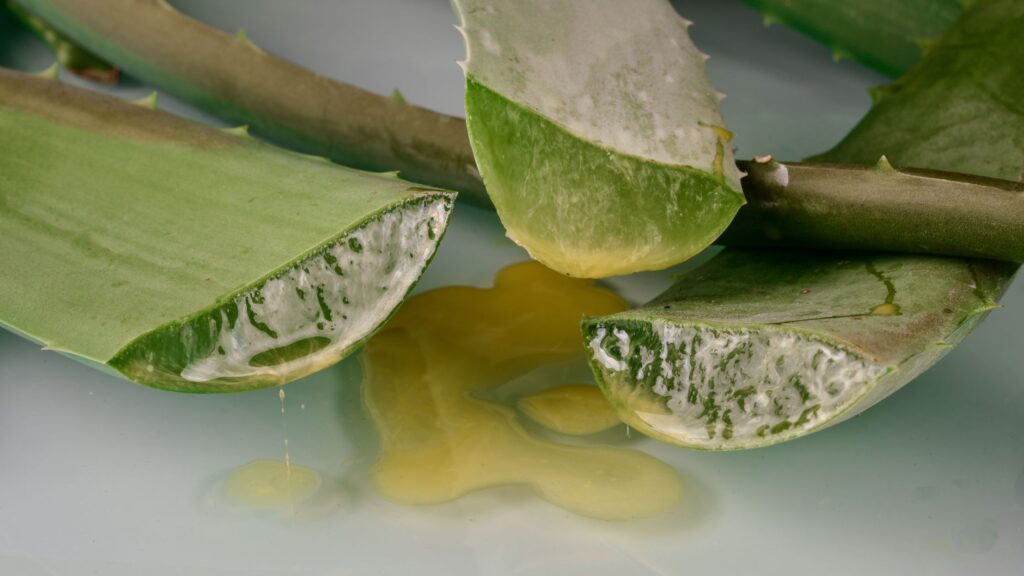
Surrounding the gel sit aloe’s yellow latex fillets, a habitat of anthraquinones linked to laxation. In large quantities, the latex can induce diarrhea, cramps or irritation for sensitive individuals. Due to risks like contact dermatitis, latex is best avoided for internal or topical use. Research finds it possesses some antibacterial and antifungal activity externally yet isn’t centered on offering skin its well-documented benefits. For medicinal integrity, the latex plays a secondary supportive role at best and requires further investigation of exact impacts.
3. The Skin
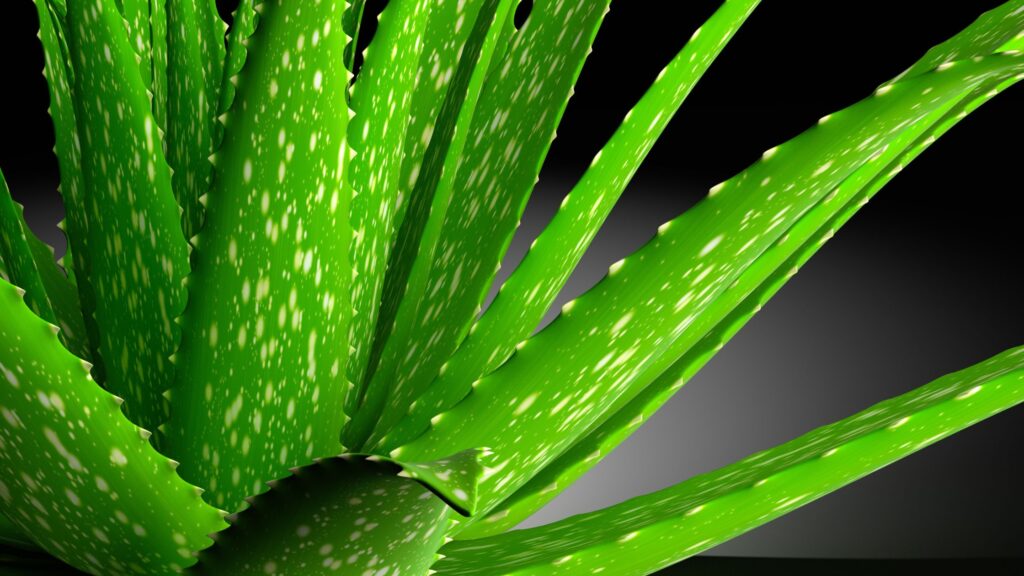
Gastrointestinal comfort aside, aloe’s skin owes much of its hardiness to the waxy, water-repellent substance within its spiny leaves called anthraquinone C-glycosides. These compounds resist drying while shielding the plant internally from harmful UV radiation exposure. In low amounts excreted during gel extraction, the skin may safely add extra antimicrobial qualities. Yet it contributes minimally to aloe’s documented restorative prowess when separated properly from medicinal gel extractions. For healing intent, the skin serves foremost as non-essentia protective covering to the prized pulp within.
4. The Pulp
Once gel, latex and skin are removed, a smooth, mucilaginous residue remains within the hollow leaf structure known as the pulp. It harbors various polysaccharides, including glucomannan fibers shown to modulate blood sugar, along with antioxidant vitamins and minerals to nourish tissues systemically. Studies find the dried pulp concentrates aloe’s healing shelf-life for supplementation yet deliver a gentler effect than gel for topical needs requiring its specific polysaccharides and hydrative nature. While supportive, the pulp appears second to aloe gel’s therapeutic densities and delivery format recognized in research.
5. Isolating Actives Safely
In harnessing different plant parts therapeutically, knowledge is key. Aloe’s most revered portion lies within – its 99% pure inner gel. Yet proper extraction techniques isolate helpful components even from other supportive pieces, like the pulp, while removing risky latex. Ancient wisdom meets science as we work with whole botanicals judiciously, honoring nature’s elegant designs that seamlessly intertwine form and function for restoring well-being. Aloe shines as a shining example of this symbiotic synergy between plant and practitioner.
Conclusion
Overall, current evidence indicates aloe vera gel contains the compounds clinically demonstrated to soothe skin and digestive distress most potently. The pulp and skin play beneficial yet secondary roles. And while the latex holds utility, its risks require cautious consideration. By understanding aloe’s unique structural geography and focusing usage primarily on its hydrating, nutrient-dense gel, herbalists and individuals alike may experience nature’s generous green gifts of healing most fully in a safe, sustainable manner for generations to come.

